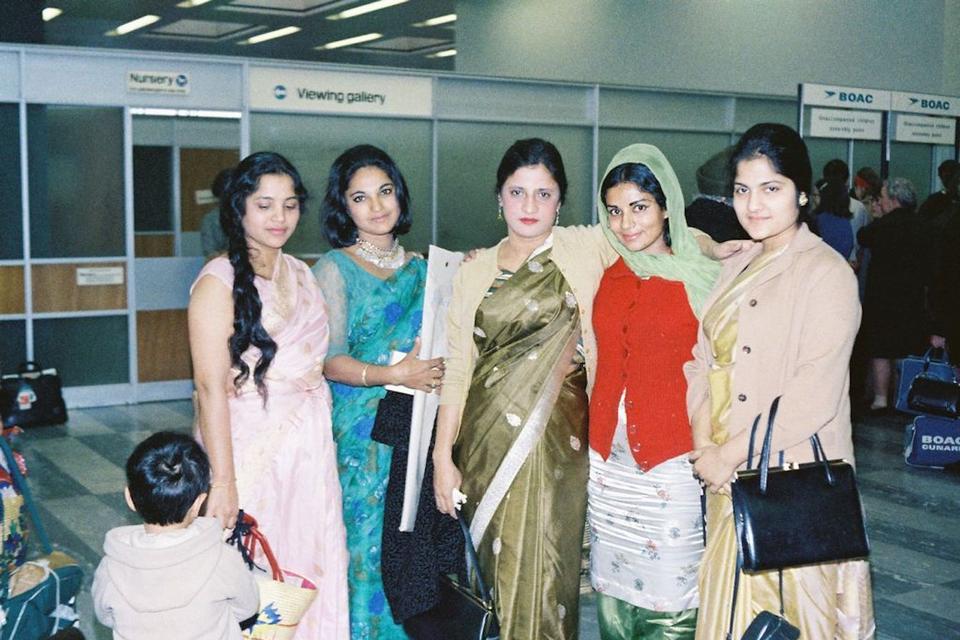Nighat Chaodhry hopes to preserve classical Indian dance form, and with it, part of Pakistan’s history and identity.
Pakistan is a vibrant, colourful country but you may be surprised to learn that the land of cricket, parathas and ladoo also has a rich but hidden dance heritage.
Dance styles are plentiful across all the regions of this vast country, and include a beautiful variety of folk as well as classical. The dance forms and their stories are inextricably linked with India, its history and heritage. Although the subcontinent was physically divided in 1947, the butchery of the British carving knife was not able to separate a connection that goes back millennia.
Nighat Chaodhry, a Pakistani professional dancer, now based in Lahore, has been one of the main proponents of Kathak classical dance in Pakistan. She grew up in the UK and studied contemporary dance and ballet, but after being exposed to her own cultural dance heritage, she has never looked back. Nighat found her calling to return to Pakistan, immerse herself in the dance and preserve the hidden artform for the nation.
“Sadly, dance has been heavily politicised in Pakistan. It used to be more vibrant and open, but for several decades now we seem to have lost the acceptance of dance as a spiritual expression,” Nighat said.
Nighat has been practicing Kathak since she was 13-years-old. “Dance has been a breakthrough for me personally. Through dance I found myself, and within myself, I found God.”In the early days of the creation of Pakistan, there seems to have been a more tolerant attitude towards dance and performing arts. In 1966, Pakistan International Airlines (PIA) established an Arts Academy to positively promote the culture of Pakistan.
The Arts Academy was very prominent in its day, and well-known actor and performer, Zia Mohyeddin, was appointed as director between 1973-1977. He married Nahid Siddiqui, who is a world famous Pakistani Kathak dancer, bringing her style of Sufi and spiritual aesthetics to the classical dance. Siddiqui immersed herself in Islamic principles and geometry, to further develop her Kathak movements, poses and alignment of the body.
My family would host the Pakistan Arts Academy on their visits to the UK, and were privileged to witness their performances in close-knit family gatherings at my great-aunt’s house in North West London.


Comment here